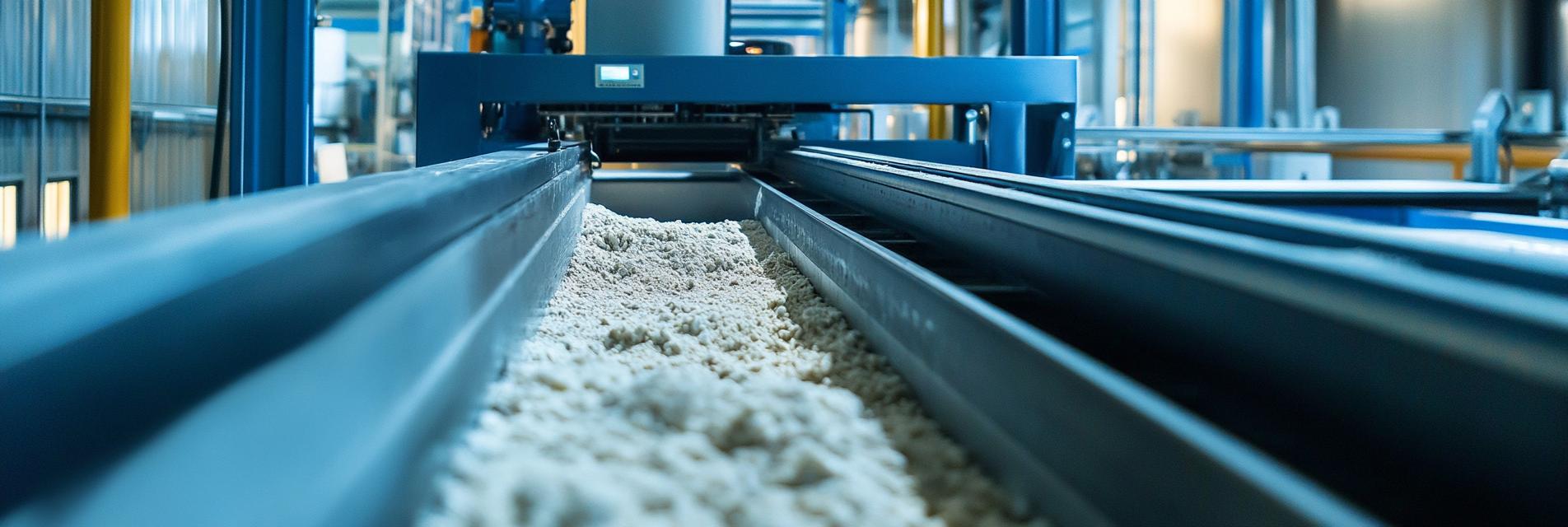In the ever-evolving landscape of the chemical industry, the need for efficient material classification is paramount. With a focus on optimizing production processes, the use of advanced screening technologies has become indispensable. In this article, I will delve into the fundamental advantages of using linear vibrating screens in the classification of chemical raw materials.

Linear vibrating screens are engineered to segregate various materials through a high-frequency vibration mechanism. Their design consists of two unbalanced motors that create linear motion, ensuring that materials move across the screen surface efficiently. This technology is particularly beneficial when dealing with the high demands of the chemical sector, where precision and reliability are crucial.
The adoption of linear vibrating screens brings forth several advantages in classification tasks:
The efficiency of linear vibrating screens is particularly notable in applications such as:
In a recent case study involving a leading chemical manufacturer, the integration of linear vibrating screens resulted in a 30% increase in throughput and a significant reduction in product contamination rates. This implementation demonstrated the direct correlation between advanced screening technology and improved operational metrics.
As the chemical industry continues to demand higher efficiency and reliability, the linear vibrating screen stands out as the best choice for material classification. By leveraging this innovative technology, businesses can enhance their operational productivity while ensuring compliance with stringent quality standards. If you are considering upgrading your screening processes, I highly recommend exploring the benefits that linear vibrating screens have to offer.
